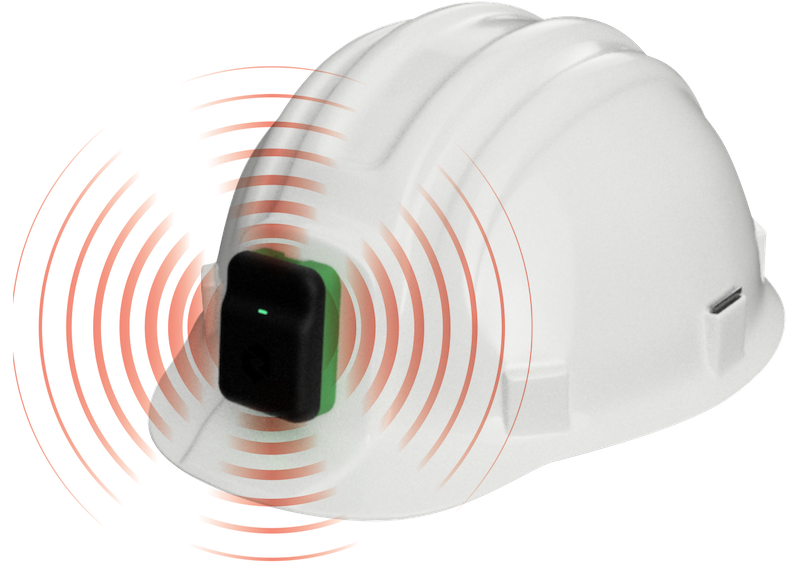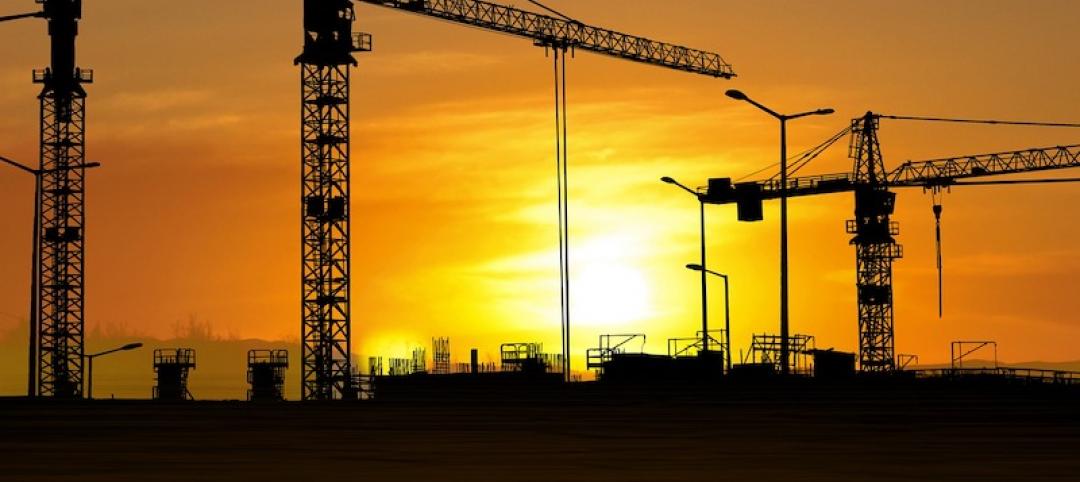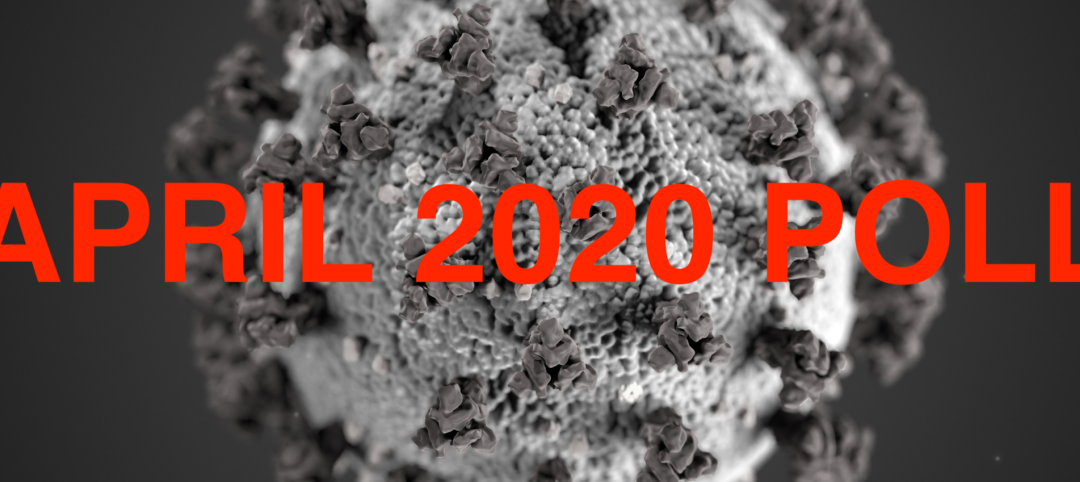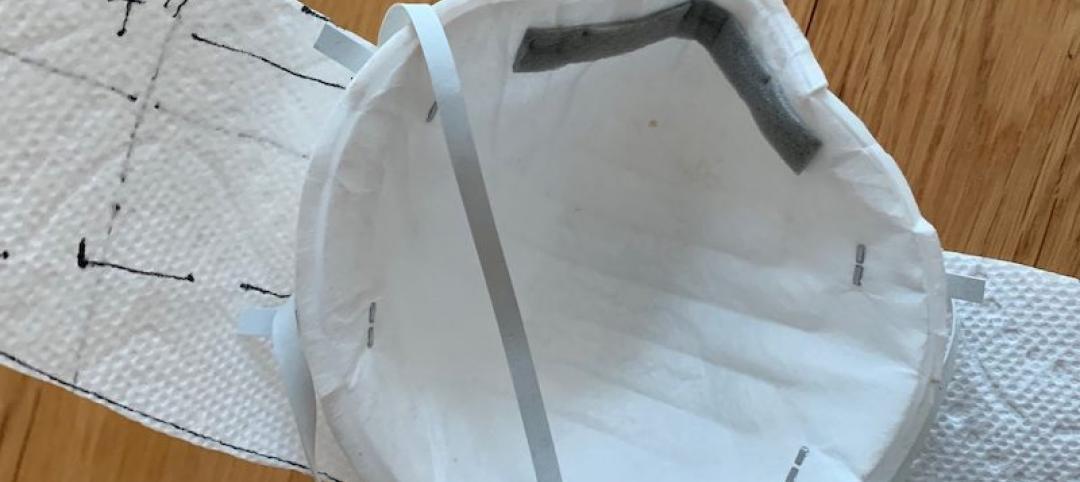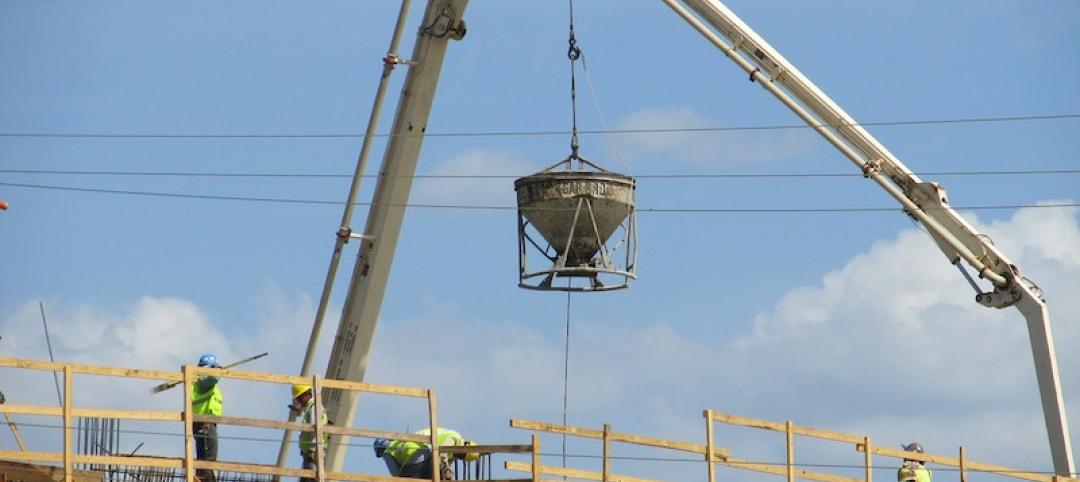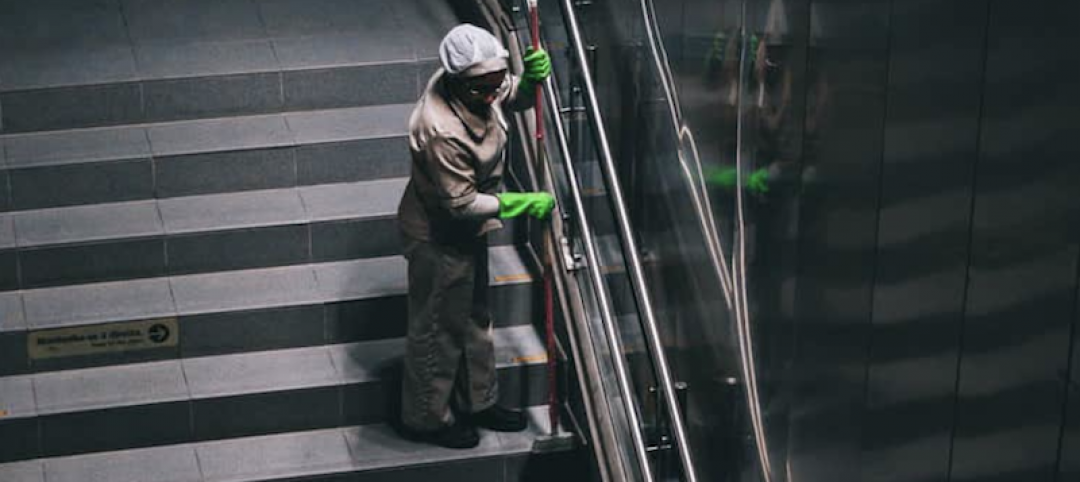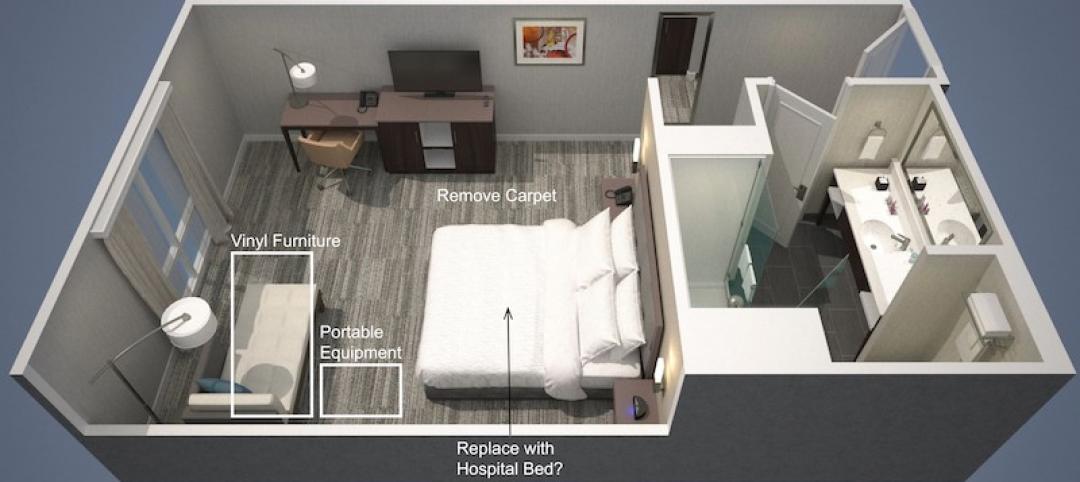Many contractors are asking themselves how social distancing can be executed practically on jobsites so their workers can operate safely. As expected, products are starting to emerge that address these concerns.
For example, SmartVid.io, according to industry news reports, has paired computer vision with its artificial intelligence interface, known as Vinnie, to identify workers who might be working too closely to each other or in packs larger than 10, which would violate OSHA’s social distancing guidelines.
Triax Technologies, which specializes in Internet of Things (IoT) worksite platforms, has launched Proximity TraceTM, an IoT system that provides social distancing alerts and contact tracing—identifying workers with whom confirmed COVID-19 cases came into contact over a period of time—through a wearable device.
The device, which can be attached to a hardhat or worn on the user’s body with a lanyard, offers added protection for essential workers during the pandemic, and can help contractors get their field employees back to work safety.
“Our solution is designed to ease the burden on workers to maintain appropriate distances as part of new safety practices that very well could become the next normal,” says Robert Costantini, Triax’s CEO.
Glibane Building Company, one of the industry’s leading GCs, is in the process of rolling out Proximity Trace devices to its active jobsites. “Worker safety is our top priority, so we were thrilled to hear that our technology partner Triax developed a solution to address the social distancing and contact tracing problems the industry is facing during COVID-19,” says Jason Pelkey, Gilbane’s senior vice president and Chief Information Officer.
The system’s details include:
•TraceTag, a real-time audible alert for close contact interactions, which the device records for contact tracing. The device’s rechargeable battery has weeks, even months, of battery life.
•Cellular gateways for logging headcount and attendance. These data are transmitted to the company’s cloud.
•A real-time audible alert and flashing red LED that activate when worker interaction is registered. This function can be turned off for contact tracing only. And an escalation alert beeps for timely distance correction.
•A data dashboard for worker profile management, device management and administration, and for producing contact tracing reports. The data include timestamps, the duration of interaction, and number of participants.
Proximity Trace does not rely on a client’s WiFi or internet service.
Triax states that its goals for Proximity Trace are to provide a proactive system to support and condition workers to comply with social distancing guidelines. The system can help companies passively collect worker interactions and duration to automate and digitize contact tracing. The system provides information needed to guide COVID-19 protocols at essential facilities. And it supports companies’ efforts to limit the spread of infection by identifying so-called “Subject 1” candidates who have been in contact with people whose COVID-19 exposure is confirmed.
Related Stories
Coronavirus | Apr 2, 2020
SBA and Treasury begin effort to distribute $349 billion in emergency small business capital
The new loan program will help small businesses with their payroll and other business operating expenses.
Coronavirus | Apr 2, 2020
New webinar explains how AIA Contract Documents can address business disruptions due to Covid-19
The webinar was recorded March 27.
Coronavirus | Apr 2, 2020
Informed by its latest Crane Index, Rider Levett Bucknall anticipates the effect of coronavirus on the construction industry
While total crane count holds steady, turbulent economic conditions indicate a recession-based drop in construction costs.
Coronavirus | Apr 1, 2020
How is the coronavirus outbreak impacting your firm's projects?
Please take BD+C's three-minute poll on the AEC business impacts from the coronavirus outbreak.
Coronavirus | Apr 1, 2020
Opinion: What can we learn from the coronavirus pandemic?
The coronavirus pandemic will soon end, soon be in the rear-view mirror, but we can still take lessons learned as directions for going forward.
Coronavirus | Apr 1, 2020
Three reasons you should keep sewing face masks (as long as you follow simple best practices)
Here are three reasons to encourage sewists coast to coast to keep their foot on the pedal.
Coronavirus | Apr 1, 2020
TLC’s Michael Sheerin offers guidance on ventilation in COVID-19 healthcare settings
Ventilation engineering guidance for COVID-19 patient rooms
Coronavirus | Apr 1, 2020
February rise in construction outlays contrasts with pandemic-driven collapse in March as owners, government orders shut down projects
Survey finds contractors face shortages of materials and workers, delivery delays and cancellations.
Coronavirus | Apr 1, 2020
Green cleaning and the coronavirus
If your cleaning teams use bleach to disinfect buildings from Coronavirus, will you put your LEED certification at risk?
Coronavirus | Mar 31, 2020
As cities scramble for hospital beds to treat COVID-19 patients, Leo A Daly offers a hotel-to-hospital solution
The firm has devised three conversion models, for different levels of healthcare required.


